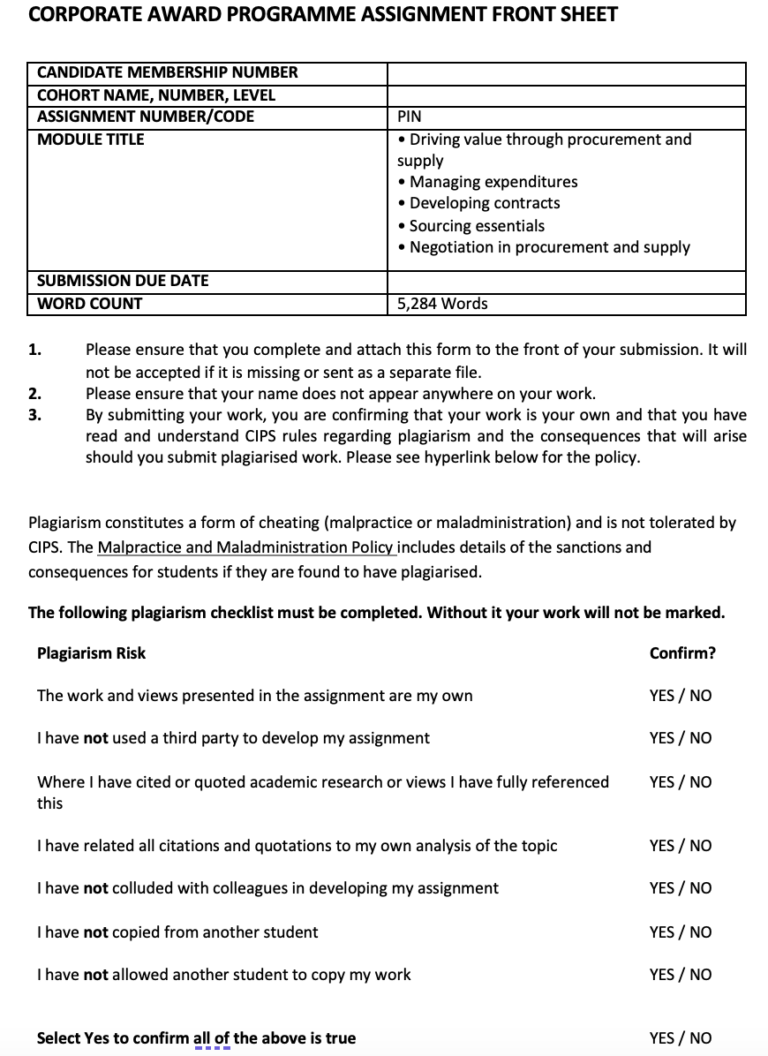Description
Solution
SECTION 2
1.4 Data Analysis
To calculate the percentage turnover for each department, I used the formula:
Turnover Percentage= (Total Employees/Leavers) ×100
2020
- Administration: 4/22×100=18.2%
- Maintenance: 5/9×100=55.6%
- Marketing: 0/4×100=0%
- Production: 70/231×100=30.3%
- People Team: 1/6×100=16.7%
- Research & Design: 1/4×100=25%
- Sales: 19/42×100=45.2%
- Packing & Dispatch: 21/36×100=58.3%
- Finance: 2/5×100=40%
2021
- Administration: 8/20×100=40%
- Maintenance: 3/8×100=37.5%
- Marketing: 0/4×100=0%
- Production: 3/2198×100=16.2%
- People Team: 0/6×100=0%
- Research & Design: 0/3×100=0%
- Sales: 3/35×100=8.6%
- Packing & Despatch: 6/15×100=40%
- Finance: 0/4×100=0%
2022
- Administration: 9/20×100=45%
- Maintenance: 3/8×100=37.5%
- Marketing: 1/4×100=25%
- Production: 3/8178×100=21.3%
- People Team: 3/6×100=50%
- Research & Design: 0/4×100=0%
- Sales: 0/40×100=0%
- Packing & Despatch: 8/16×100=50%
- Finance: 0/4×100=0%
2023
- Administration: 2/18×100=11.1%
- Maintenance: 1/7×100=14.3%
- Marketing: 0/4×100=0%
- Production: 29/181×100=16%
- People Team: 2/5×100=40%
- Research & Design: 1/4×100=25%
- Sales: 2/45×100=4.4%
- Packing & Despatch: 3/15×100=20%
- Finance: 0/3×100=0%
To calculate the overall turnover rate for the entire organization each year, we sum the total number of leavers and total employees, then apply the turnover formula:
Overall Turnover Percentage= (Total Employees/Total Leavers) ×100
2020:
- Total employees = 359
- Total leavers = 123
- Turnover: 123359×100=34.3%
2021:
- Total employees = 285
- Total leavers = 52
- Turnover: 52285×100=18.2%
2022:
- Total employees = 275
- Total leavers = 62
- Turnover: 62275×100=22.5%
2023:
- Total employees = 282
- Total leavers = 40
- Turnover: 40282×100=14.2%
Data Presentation
- Bar Graph-The following is the Bar Graph presenting the year-wise Turnover percentages of each department (2020-2023). It has a graphical display of the turnover rates by department making it less time consuming to determine departments with high or little turnover in the previous years.
Please click the following icon to access this assessment in full
Related Papers
(Solution) CIPS PIN Final Assessment Negotiation in procurement and supply
- In this integrative assessment for Corporate Award Program establishes it has provided a formal commercial negotiation for Occidental of Oman operating in oil and gas industry.
- Commercial negotiation plan has been developed by reference to data, factual information and CIPS tools. HSE and chemicals portfolio spend category has been identified and evaluated in-depth to come up with an appropriate negotiation plan.
- The importance of identifying the HSE and Chemicals are informed by the previous COVID-19 pandemic which has informed on the need for adopting healthy business environment which is free from any infections.
- Further, coming from the pandemic where the level of business operations had significantly reduced and the organisation need to restart their operations by cleansing their systems and machines. In this case, the need for HSE and the chemicals portfolio in Occidental of Oman has been in an upward trajectory.
- For negotiation successful implementation, Occidental of Oman involves professionals, terms and conditions initiated, holistic readiness and streamlined procurement and supply chain approaches. This is with good forecast and plans being core for guaranteeing customers services delivery on time.
- From the analysis, different tools including SWOT, PESTLE and 4R’s have evidenced that Occidental of Oman is always on the advantage of ensuring they achieve the Best Alternative for Negotiated Agreement (BATNA).
- Also, this report highlight the need for holistic planning by prioritising on all expectation from the initial opening to the closure and agreement phases of negotiation.



